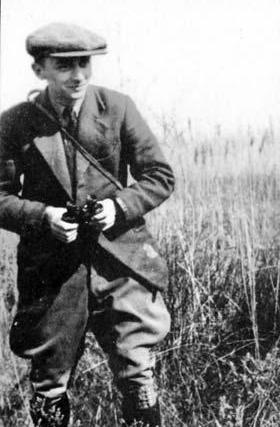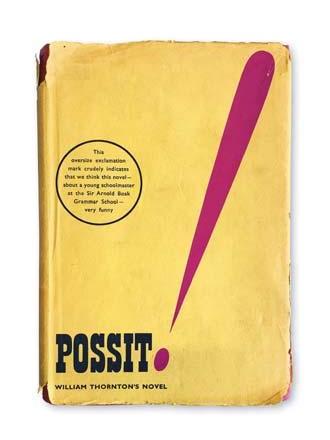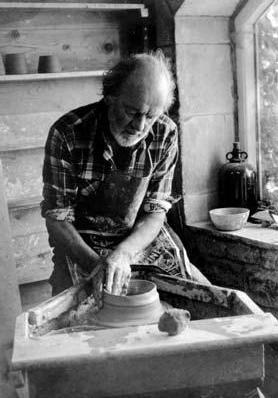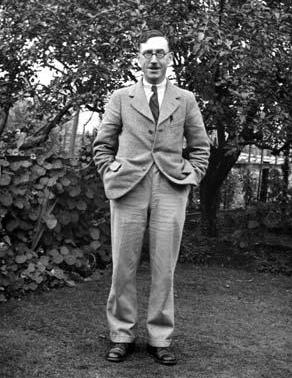
5 minute read
A History of the RGS in Its People
from ONA 103
A HISTORY OFTHE RGS IN ITS PEOPLE
by David Goldwater (51-62)
Advertisement
In April 2018, a most unusual meeting took place in the Bureau, a small room formed behind the school’s old main entrance. Rene Robinson, the widow of Maurice ‘Guy’ Robinson (34-72); Laurence Pallister (53-63), son of George Pallister (22-66) and Pat MacDonald (née Thornton), daughter of ‘Bill’ Thornton (49-76), all met to discuss the careers of three very different, yet closely connected members of the RGS staff.
The school in the 50s often reflected an RF Delderfield novel, or James Hilton’s GoodbyeMr Chips. Many of the school staff had attended the RGS or started their careers there, recruited by Ebenezer Thomas (22-48) as men returned from WWI. Impossible today, many aspects of RGS life would remain hidden from public knowledge in those days. Members of the RGS ‘family’, overseen by ER Thomas, were, in many cases, actually related. Their social lives were intertwined; Rene Robinson recalling an era when at least 75% of her and Guy’s friends were his fellow teachers and their wives, who enjoyed mixing at their frequent social events.
Laurence took for granted, as the son of a teacher and pupil at the school, that he remained the discreet keeper of family secrets. Lips would remain sealed as he overheard startling gossip drifting by as George did the washing up. Unknown to all but Laurence’s closest friends, George’s sister was married to Laurence ‘Larry’ Watson (30-71).
Born in Newcastle in 1910, George Pallister was a quiet and gentle, yet most effective Teacher of Biology. The Woodwork and Biology Block was an independent structure on the south side of the School Field, where the Sports Hall is situated. In bad weather, journeys there could mean a good soaking! Budding carpenters turned right into William ‘Bill’ G Elliott’s(52-82) domain, with its aromas of timber and fishy glue, or upstairs to the Biology Department, where a smell of formalin permeated the air. Bill recalls regular co-operation between him and George. Requiring a single Catfish for dissection from the local Fishmonger, an entire crateful was delivered. With Bill’s assistance, most of the staff and their families enjoyed a fish supper that night. A delivery to Jesmond Station of a batch of mice for dissection was collected by boys and left by Bill for George overnight in the toilets. Cleaners were horrified the next morning to discover a host of rodents.
L-R: David Goldwater with Laurence Pallister, Pat MacDonald (née Thornton) and Rene Robinson during a visit to the school
Many ON medical careers were launched in the Biology Block under George’s tutelage. He had a keen interest in medical history and wrote monographs on Thomas Addison (1806-1812) and John Adamson (unknown1803) as well as Evacuation (1971), a personal account of the school’s evacuation to Penrith. Rene remembers the Robinsons keeping hens behind the house there and their feathers being fashioned into hats for wedding outfits. She still has friends in Penrith. George died in 1991.
Maurice Guy Robinson was a man with enormous enthusiasm for his subjects, English and Latin, the joy not always shared by his unruly pupils. Bryan Stevens (44-49) feels particularly indebted to “MG” or “Streamlined”, as he was nicknamed. “He seemed to glide past you, hair swept back like the styling of a ‘modern’ car of the 30s or 40s. Encouraging lively debates and drama in the school theatre, he led his classes with endless patience and occasionally a little sarcasm. Faced with the lack of talent often displayed by boys who, despite their worst instincts, seemed nevertheless to appreciate MG’s ability to extract a flickering response from the ragbag of adolescent manhood before him.” Bryan’s forthcoming collection of his own verse owes much, he says, to MG’s inspiration all those years ago.
A lifelong Ornithologist, he made many pre-WWII visits to the Camargue region in Southern France. I, myself, can still recall MG’s exaggerated mannerisms and even his voice –like a loud whisper. His giggling mockery entertained us on a daily basis. After the authoritarian Headmaster ER Thomas was replaced in1948 by Oliver Mitchell (48-60) with his softer approach, inter-staff social activities and lifelong friendships were encouraged. Later, under the leadership of Headmaster Alister Cox (72-94), a dormant ONA was re-formed by the late Arthur Jowett (48-54) (see page 15), with MG as its Secretary for many years. He died in November 1981.
W ‘Bill’ A Thornton was known as “Spike” and at our meeting, Rene Robinson recalled how she and “Guy” (as she always knew MG) became great friends with Bill and Emma Thornton after their move from Liverpool to Tyneside. In those days, a Schoolmaster was not highly paid and Bill supplemented his income by writing short stories for Punch magazine in 1952. Fourteen Prose Piecesand Some Verse and Fifteen Prose Pieces followed, text books produced in collaboration with A ‘Tony’ R Tomkins (5559). Pat, a Newcastle Central High School girl, remembers posting each one for her Dad. “I have fond memories of taking each one to the postbox and giving the envelope a good luck kiss to send it on its way. It was always exciting when he received the acceptance note by Punch.” A novel by Bill, Possit was published by Victor Gollancz in 1962. A well-disguised ‘soap’ about school life at the ‘Sir Arnold Boak Grammar School’; its characters were modelled on RGS staff, including the memorable Colonel Robinson (27-58). Pat recalls, “I remember our great pride in him becoming a novelist”. A second novel never advanced beyond the draft stage. His school year revolved around the theatre productions of the XXI Club. Props made by
Top - bottom: ‘Bill’ Thornton’s novel, Possit, published in 1962; ‘Bill’ Thornton at the potter’s wheel in Humshaugh; Maurice ‘Guy’ Robinson in the Camargue; Laurence Pallister circa. 1930s







colleague, WG Elliott were always in demand. Emma ‘Pip’ Thornton and Bill moved to Humshaugh, where she and Bill enjoyed retirement working in their pottery studio. Bill and Betty Elliott still display one of Pip’s small pieces in their lounge.
My hour or so ‘reunion’ with Laurence, Rene and Pat was a poignant reminder of how the school has evolved from the more intimate ‘family’ of a past era into the very different modern academic institution of today.
If people would still like a copy of Bryan Stevens’ monograph, Newcastle Royal Grammar School in the 40’s then please send a self-addressed envelope,
size C5 and stamped 67p to Jane Medcalf at the school.

